Swans, swans, more swans. If the lifespan of a dance critic were calculated by the number of performances of Swan Lake attended, I’d be a few centuries old. Obviously, the list includes many revisions and re-creations of this quintessential ballet, which is the second most revisited in history after The Rite of Spring.
In her 2010 take on the 1890 classic, Johannesburg-born Dada Masilo uses a striking combination of choreographic genres and a politically dense storyline. Those who have seen scores of Swan Lake know that the ‘gay’ slant is not new. Long before Matthew Bourne’s celebrated version, there had been at least 20 productions in which Prince Siegfried’s love for the ‘supernatural’ Swan Queen was interpreted as synonymous with ‘diversity’. I recall the shock of ballet-goers in Rome when the classic ended, in Eugene Polyakov’s reading, with the sorcerer Rothbart luring the prince to bed. It was the early Eighties, and yet John Neumeier had already reworked the ballet around gay King Ludwig in his Illusions — like Swan Lake. Both Roland Petit’s ‘gay’ male swans in Ma Pavlova and Mats Ek’s sexually confused Siegfried were to follow shortly.
Déjà vu is not the problem with Masilo’s work, though. The love of Siegfried for the male Odile, the sole dancer to appear on point, evokes the homophobic horrors that permeate the political and social culture Masilo hails from. As such, the revised narrative adds greatly to the intercultural experiment, in which moments of both traditional and modern dancing go hand in hand with balletic references. It is a pity that it all starts with a comedic class in ballet semiotics, with a parody of a dance academic explaining what ballet is about. She elicits laughter, but also sets the wrong tone for the rest of the evening; the jolliness lingers on, which detracts from the dark political undertones of Masilo’s intended narrative. Even the use of diverse dance idioms loses momentum and gravitas in the light of the ‘let’s have a laugh’ beginning. Pity, for there are some great moments, such as the two sections danced to Saint-Saëns’s music for the celebrated Dying Swan solo — often and erroneously believed to be part of Swan Lake. Overall, what could have been yet another sensationally revisionist Swan Lake fails to be so, and remains but a mercifully short, fast-paced choreographic vehicle for a company of superb movers and artists.
Intercultural solutions are also at the core of Sidi Larbi Cherkaoui’s choreography, as highlighted by the 4D programme, presented by Eastman, Cherkaoui’s company. Yet, the often used — and misused — ‘intercultural’ label does not do full justice to Cherkaoui’s work, as his creations go far beyond the established and somewhat restrictive aesthetics of what is traditionally defined as ‘intercultural performance’ — frequently and mistakenly seen as a mere ‘East meets West’ affair.
Each of the four duets, as well as the dance film, shows how different discourses, artistic expressions and cultures provide Cherkaoui with the inspiration for a complex, multilayered game of interlocking narratives. Such a game, in turn, results in vibrant examples of not just dance-making but great theatre. The programme, subtly composed through a well-calibrated game of chiaroscuro that steers intelligently away from the modes of the chronologically composed celebration, is an ideal way to make one appreciate both the breadth and the depth of Cherkaoui’s art. The successful performance was aptly complemented, before and after, by the enticing interactive and audience-driven project The Dance WE Made by Tim Casson, whose recent solo Fiend is not to be missed.
Got something to add? Join the discussion and comment below.
Get 10 issues for just $10
Subscribe to The Spectator Australia today for the next 10 magazine issues, plus full online access, for just $10.

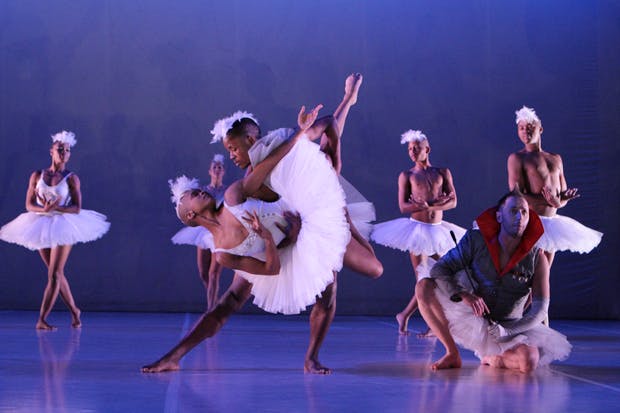
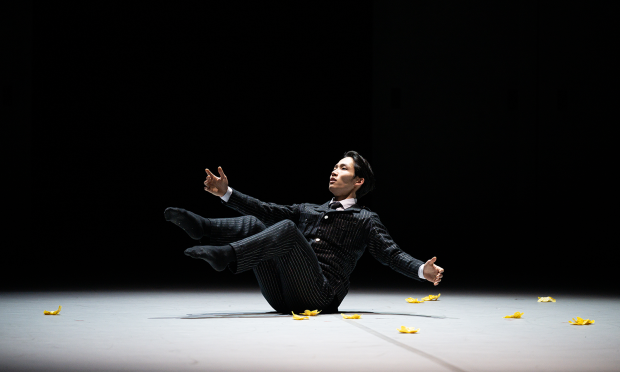
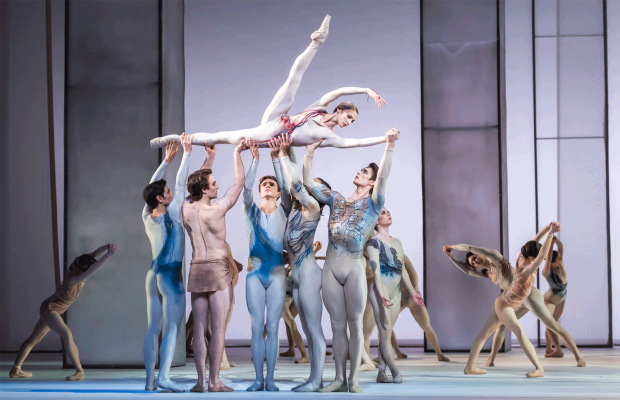
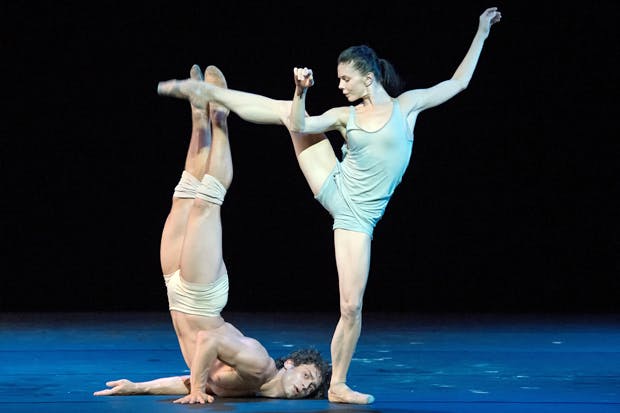
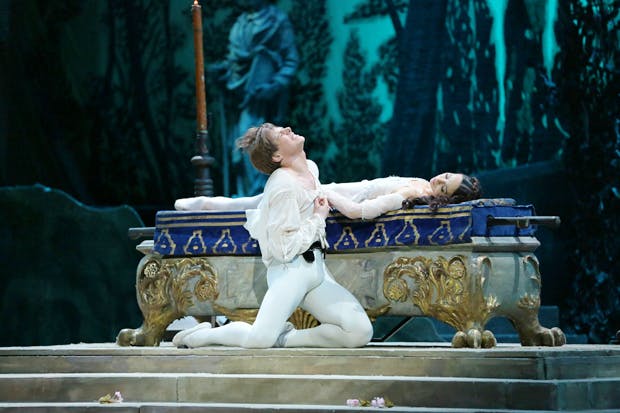
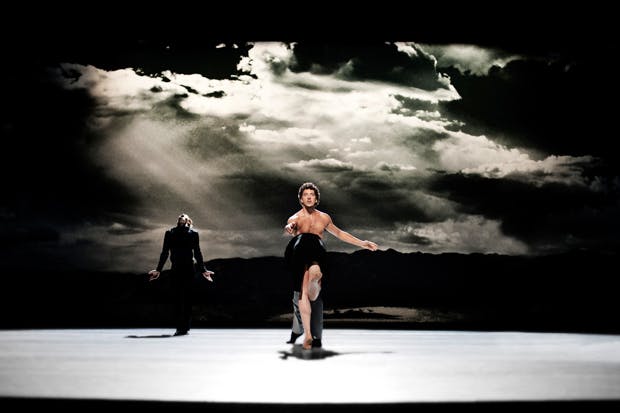
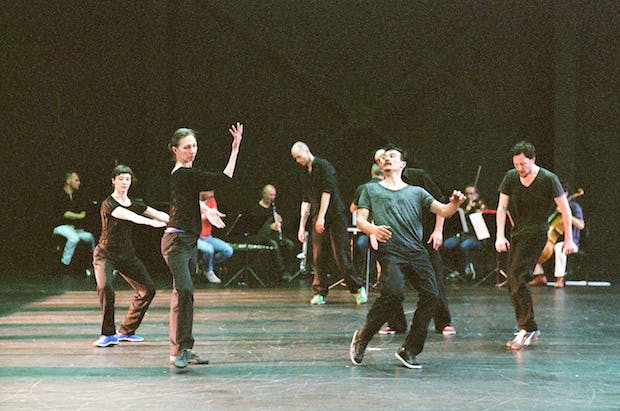






Comments
Don't miss out
Join the conversation with other Spectator Australia readers. Subscribe to leave a comment.
SUBSCRIBEAlready a subscriber? Log in